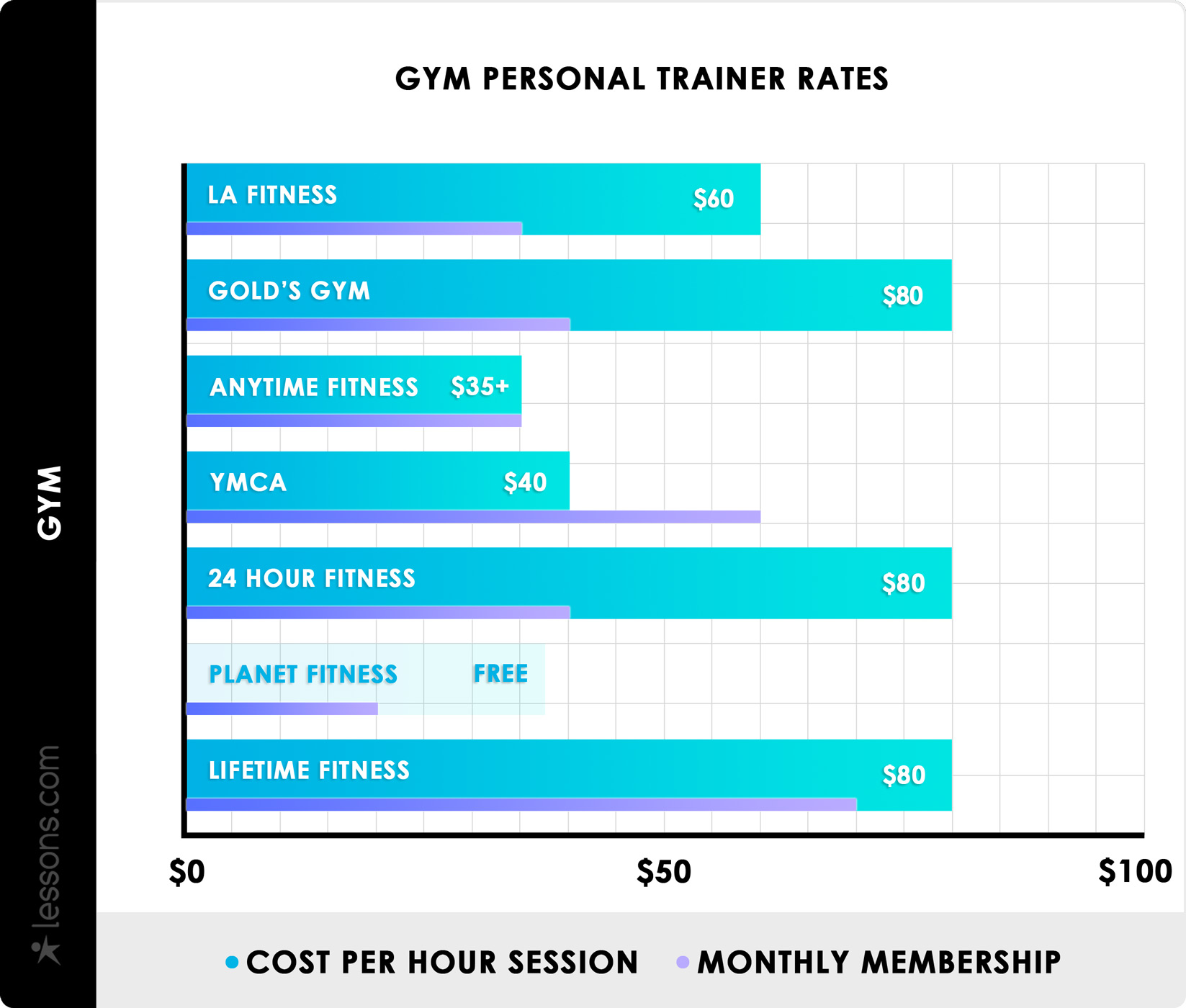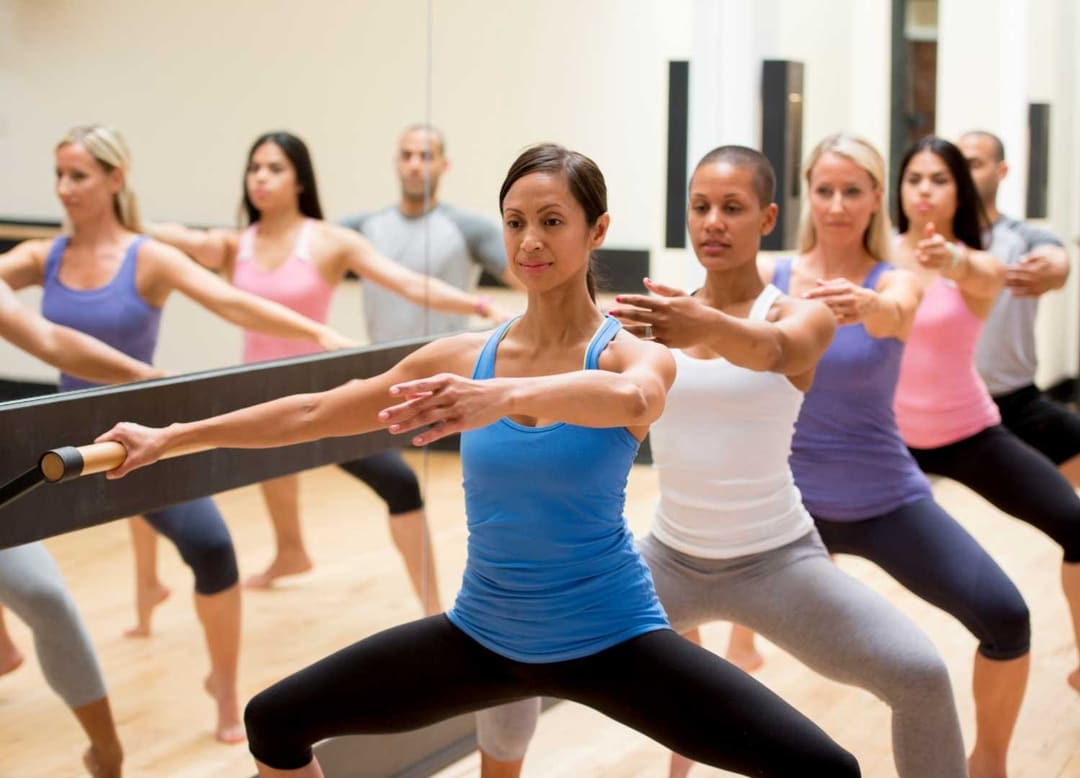
If you've got a passion for fitness and health, you should consider becoming a personal trainer in Connecticut. The state has a thriving business sector and many ways to profit from it. One way is to start your own business. This can be done online so you can take advantage of the demand for Connecticut's fitness instructors. You can target the state's most populated areas to get the most exposure.
Perspectives on employment
Personal trainers are in good demand in Connecticut. However, there is some variation on salaries. There are several boutique fitness studios in Connecticut that specialize on CrossFit. There are also traditional gyms that can be found in the state, which offer a wider range of services and a more focused focus on fitness.
You can work with seniors or people looking to lose weight as a personal trainer. It is also possible to work with athletes or people who are already fit. Either you can work in a gym or for one. You have many options to improve your career.

Salary range
If you are interested in a career as a personal trainer in Connecticut, you have plenty of opportunities to grow your business. According to a Trust for America's Health report, Connecticut has one among the lowest obesity rates. Individual trainers can help people in Connecticut get in shape, as well as people who already have good health. The state's beautiful parks and natural scenery provide many opportunities for training.
Personal trainers' salaries vary depending on their experience and the number of clients they take on. With more experience and more clients, a personal trainer can earn more than $140,000 per annum. However, only a few personal trainers can break into the six figure range.
Work environment
There are many opportunities in Connecticut for certified personal trainers. According to the Trust for America's Health (Tax for America's Health), Connecticut has one among the lowest levels of obesity in America. Connecticut personal trainers will work with clients in good shape, or those who are working towards getting in shape. Connecticut is an ideal place to train personal trainers regardless of your current situation.
While the work environment for a personal trainer in Connecticut is a diverse and exciting one, there are also certain things to keep in mind. If you plan to lead classes and develop one-on-one workout programs, you should know what to expect. Different fitness centers require different instructors. Before accepting an offer, make sure you review the class rotation schedule.

Education requirements
There are a few education requirements that you need to fulfill if you want to become a Connecticut personal trainer. To get certified, the first step is to apply. Connecticut requires that personal training professionals be certified by a recognized agency. The certification you obtain will be helpful in the job market, and it will also help you stand out from other candidates.
CPR certification is also required. Some certifications require that the candidate take an exam. You may also receive training from others. If you are interested in teaching fitness classes you can choose to be certified in a particular fitness category such as CrossFit, yoga, or high intensity interval training.
FAQ
Why is fitness so important?
Fitness is crucial for our health. We must exercise regularly to maintain our weight, strength, flexibility, and cardiovascular system. Exercise can help you sleep better, reduce stress, increase self-esteem, and increase energy levels throughout your day.
Does exercise cause me to lose weight?
Yes. Regular exercise will help you to lose weight by burning extra calories. Your metabolism will remain high, so you can continue to burn calories even though you're not exercising.
Exercise can I make my body gain weight?
Not at all. In fact, exercise helps you to maintain your current weight. You can build muscle mass and speed up your metabolism by exercising regularly. This means you won't store as much fat in your body.
Statistics
- Adolescent girls were less active than adolescent boys, with 85% vs. 78% not meeting WHO recommendations of at least 60 minutes of moderate to vigorous intensity physical activity per day. (who.int)
- In 2018, the World Health Assembly agreed on a global target to reduce physical inactivity by 15% by 2030 and align with the Sustainable Development Goals. (who.int)
- Globally, 28% of adults aged 18 and over were not active enough in 2016 (men 23% and women 32%). (who.int)
- According to the Centers for Disease Control and Prevention, chronic diseases cause 7 out of 10 deaths in the U.S., and treating chronic diseases accounts for 86% of U.S. healthcare costs. (mana.md)
External Links
How To
How to Burn Belly Fats Faster
When trying to lose weight, belly fat is often viewed as a problem. But if you think about it, Belly Fat is actually a good thing. Your organs are protected by the fat around your stomach. Let's look at how to rapidly lose belly fat.
Stress and inactivity are two of the major factors that cause us to store body fat. Because stress stimulates the release of cortisol hormone, it makes us hungry all the time. Cortisol can increase insulin levels in the blood. Insulin then stores excess calories as fat. The release of adrenaline from our bodies causes increased appetite. These extra calories can easily be lost through exercise.
There are many ways you can reduce belly fat. You can try any one of them depending upon your budget. These tips will help you quickly get rid of belly fat.
-
Try to eat less food. You should eat smaller meals throughout the day than you would if you ate three big meals. This way, you'll consume fewer calories overall.
-
Make sure you drink plenty of water. Water helps flush out toxins from the body and keeps you hydrated. Also, drinking water before every meal will keep you feeling full longer so you won't overeat.
-
Avoid unhealthy snacks. If you're looking for quick fixes, snack foods like chips, cookies, candies, etc. Although tempting, they can be very unhealthy. These sugary treats have lots of empty calories so avoid them. Choose healthy options like whole grains, fruits, vegetables, nuts, seeds and nuts.
-
Strength training should be performed at least 3 times per week. Strength training helps build muscle mass, which means that you can burn more calories even when you are resting. It also strengthens bones, muscles, ligaments, tendons, the heart, lungs, and joints.
-
Walking or stretching is a good habit to do regularly. Stretching improves flexibility and mobility which can reduce back pain. Walking is great for burning calories, especially brisk walking for 30 minutes.
-
Reduce alcohol intake. Reduce alcohol intake. Alcohol is a waste of calories and has no nutritional value.
-
Slowly lose weight. To lose weight, the first step is to determine what your current weight. Add 5%-10% of your total bodyweight to calculate your ideal size. Once you have determined your ideal weight, you can start to reduce your calorie intake by 500-1000 calories per day until you reach it.
-
Avoid processed foods. These foods are high on sugar, salt, and additives. These processed foods are often convenient, but they lack enough nutrients for good health.
-
Don't skip breakfast! Breakfast is good for your concentration, memory, and energy. Protein (like eggs), fiber and complex carbohydrates (like oatmeal) should be included in breakfast.
-
Have regular bowel movements. Constipation or irregularity can lead to gas and bloating. Drink plenty of water to prevent gas and fiber ingestion.